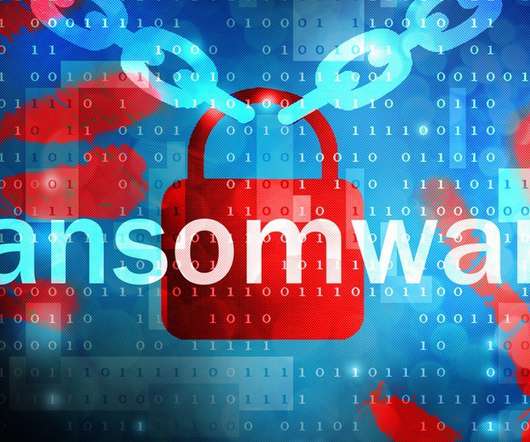Shift happens: the future office/library in a connected world
CILIP
SEPTEMBER 21, 2021
Shift happens: the future office/library in a connected world. In 2020 we, finally, learned the main reason why the vast majority of organisations didn?t The dramatic stories of retail empires collapsing, and images of closed shopfronts create a powerful narrative of inevitable and unstoppable decline. and, yes, the library.













Let's personalize your content